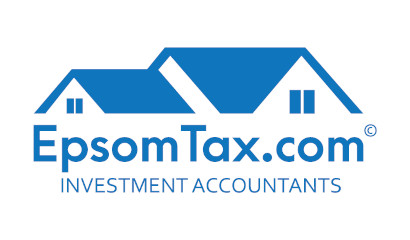RING FENCING OF PROPERTY LOSSES

BILL SUMMARY FROM IRD
Ring fencing of property losses is here to stay. What will be the impact, and what strategies should you employ? How will it affect you? Will you still get a tax refund?
KEY POINTS
- The ring-fencing of property losses is going ahead full steam, and the government has ensured it will take effect for the 2019-20 tax year.
- Rules apply to “residential land” – see our blog article for an explanation
- Mixed-use assets and “main home” excluded, likewise land held on revenue account e.g. property traders and land owned by widely-held companies
- Losses can be applied across your portfolio of properties or per property – but there are some caveats* with each approach
IMPACT
So, from 19/20 financial year it is much harder to get losses from your rental onto your personal tax return. And therefore, goodbye tax refund for most; less refund for others. Rents will likely rise as investors can’t get a tax refund to the same degree. Some investors will opt to sell. Others will be able to grow their portfolio.
This blog post has some good stuff in it, but see also our latest post here
STRATEGIES
- Consider having a home and income property – if you rent out part of your main home, and that makes a loss, then that loss is not ring-fenced. “Main home” means the home that you live in for most of the income year in question. However be aware that this may have implications if CGT comes in (it hasn’t so far), and also one has to be careful with this strategy, as depending on how much of your home is rented out, there may be tax implications too.
- Consider investing so that your entity is not “residential land” rich. For example, an LTC buys commercial property worth 1 million, and buys a residential rental property worth $500,000. Rather than the company borrowing, the shareholders borrow the money and inject that as capital. The interest on that borrowing can then be claimed by the shareholder on their personal tax return. Note that this will not help existing LTC with loss-making residential property in most cases, as usually the borrowing is already in the LTC name, hence ring-fenced. A restructure to achieve what is described above could well be seen as tax avoidance, unless there were sound economic reasons for the restructure.
- If you have one negatively-geared rental (loss-making), then try to buy another that makes a profit. Even if that profit is only $4-5,000 a year, that is going to help your bottom line. Talk to us about where/how to find those sort of properties
- Look to build your portfolio so that it makes a profit or is cash-flow neutral e.g. a loss-maker can be offset against one that makes a profit. That might mean buying 4-5 properties out of Auckland i.e. the provinces. If you have 5 properties each making $100 a week after expenses, then that is $25,000 a year. If you can buy those properties for $150,000 each, then that’s 5 properties for less than the price of one (cheap) house in Auckland.
- Don’t be sentimental about your property. If it isn’t going to work in this new ring-fenced world, sell it and look for property that will get you to a profit or cash flow neutral situation.
- Especially now, contact us before you sign that sale and purchase agreement. Structure is king!
CAVEATS
* IRD stated in the draft bill: “… we suggest that the ring-fencing rules generally apply on a portfolio basis, so a person with multiple properties would calculate their overall profit or loss across their whole residential portfolio… we are recommending that taxpayers who wish to elect to apply the rules on a property-by-property basis be able to do so. We… do not consider that ring-fenced losses should generally be fully released on a taxable sale of residential property, meaning the losses (if not exhausted from offsetting the income derived on sale) would be able to be used to offset other income. However, for those properties which have had the rules applied to them on a property-by-property basis on the taxpayer’s election, we recommend that the losses become fully unfenced if they are taxed upon sale. This would also be the case where the rules applied on a portfolio basis and all of the properties in a portfolio were sold and taxed. This would most commonly be the case for land that was taxable under the bright-line test because it was sold within five years of acquisition.”
So, what does that mean?
- If you elect to apply the new rules on a property-by-property basis (losses are not offset against income from other property in your portfolio, but rather are confined to that property), then when you sell the property you can use the losses against any taxable profit on that property AND against any other income you have. This is what IRD means by “fully unfenced.”
- If you want to use the portfolio approach (loss from one property can be offset against income from another), then when you sell a property and there is tax to pay, you can’t use any accumulated losses to reduce this tax
- But, if you use the portfolio approach, and you sell the entire portfolio, and there is taxable income, and you have some accumulated losses, then those losses will be fully unfenced i.e. you can use them to reduce tax payable.
NEED HELP?
Please contact us
Recent Posts
Pages
Useful Links
Services
Contact Details
Phone: 0800-890-132
Email: support@epsomtax.com
Fax: +64 28-255-08279
EpsomTax.com © 2021
